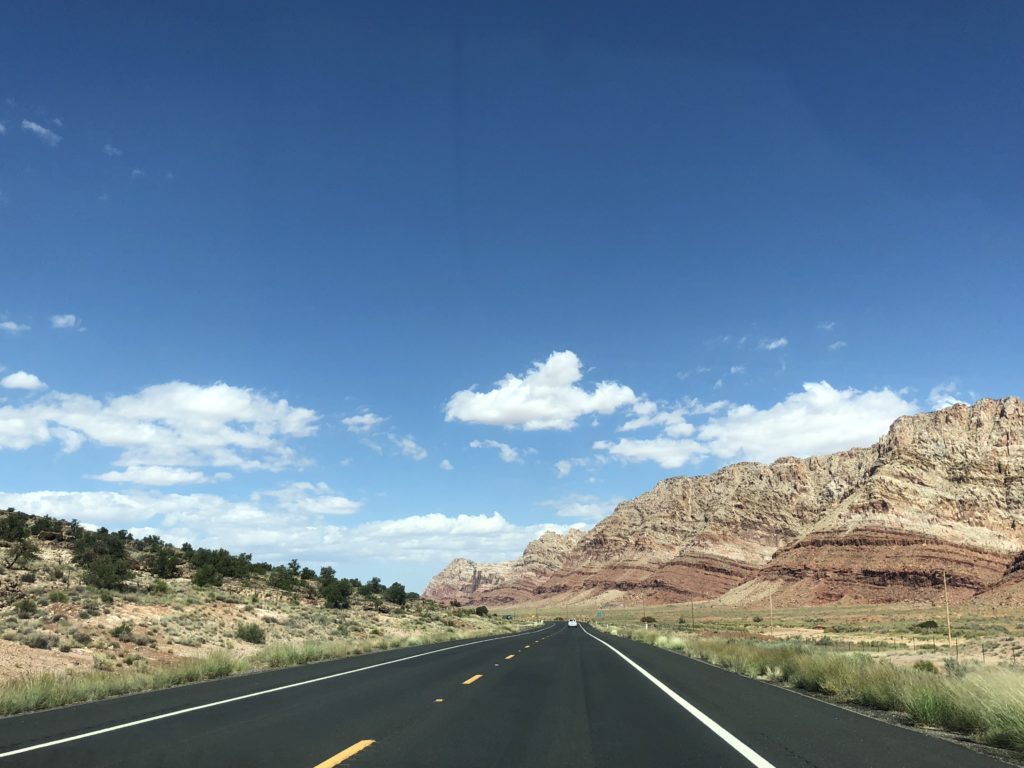After crossing the Colorado River at Hoover Dam, we entered Arizona, and made our way eastward through the beautiful desert landscape.
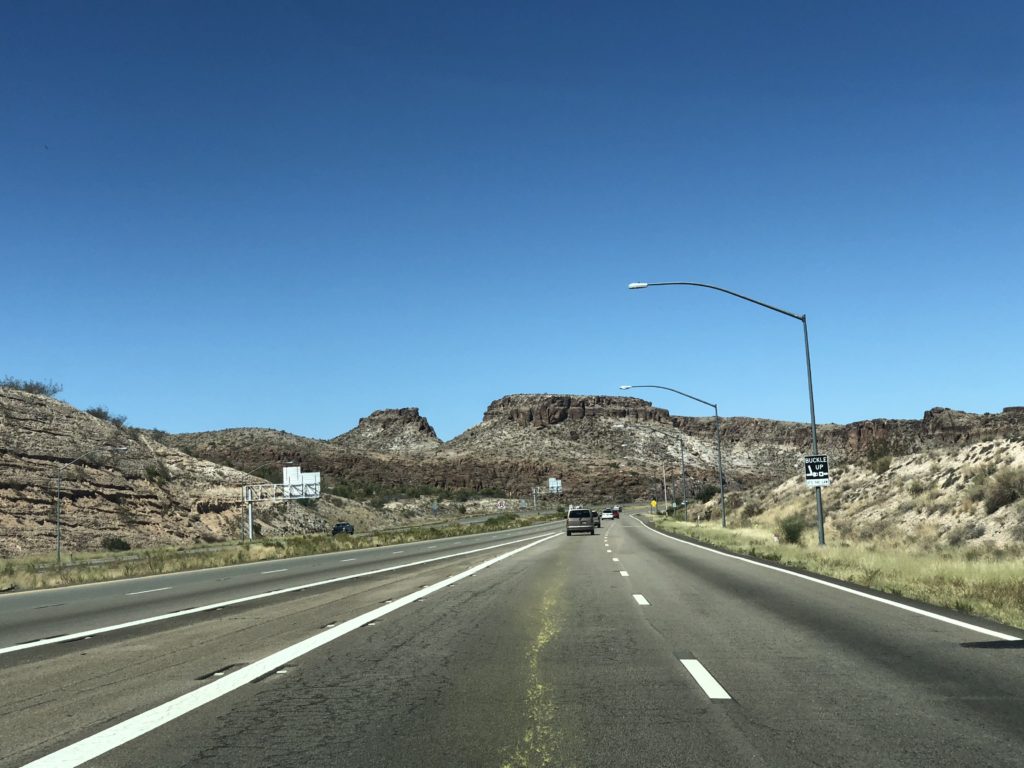
There are a few stretches of the original Route 66 here that are still in tact. The Route is so synonymous with US roadtripping, that it is hard not to feel a little buzz while cruising along it. With the windows down and the volume turned up, the air feels a little fresher and your spirit frees up just a touch. While a road trip is about reaching a destination, if you do it right, it is more about freedom and adventure. With the right travel companion, what more do you need? Honestly.
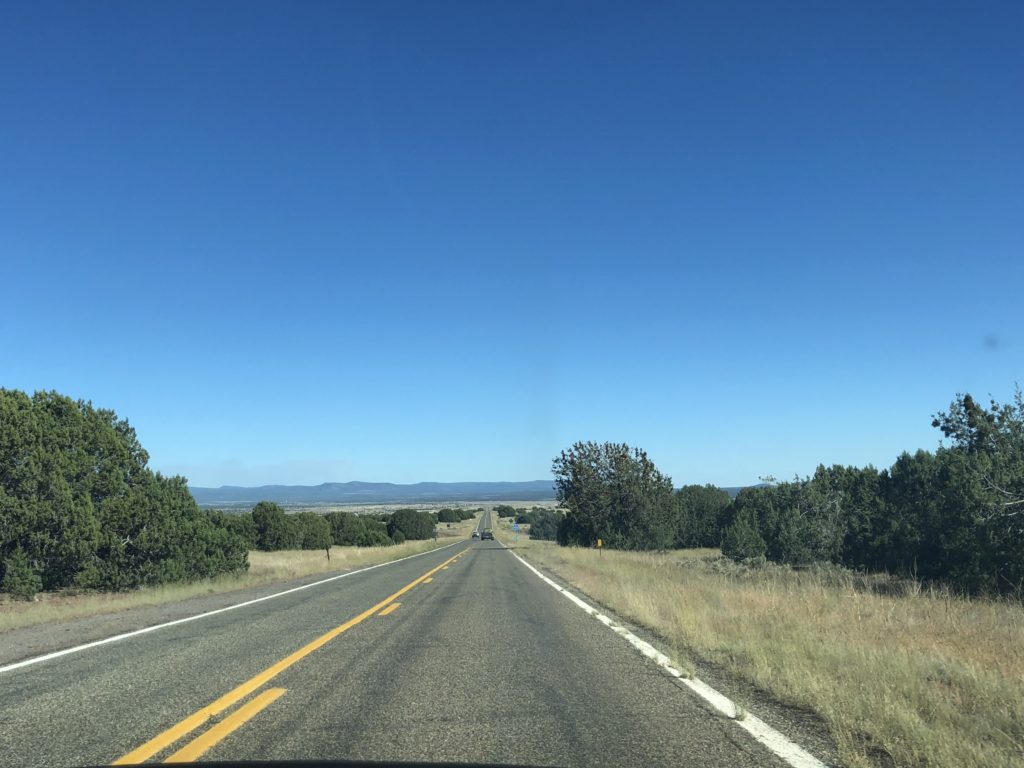
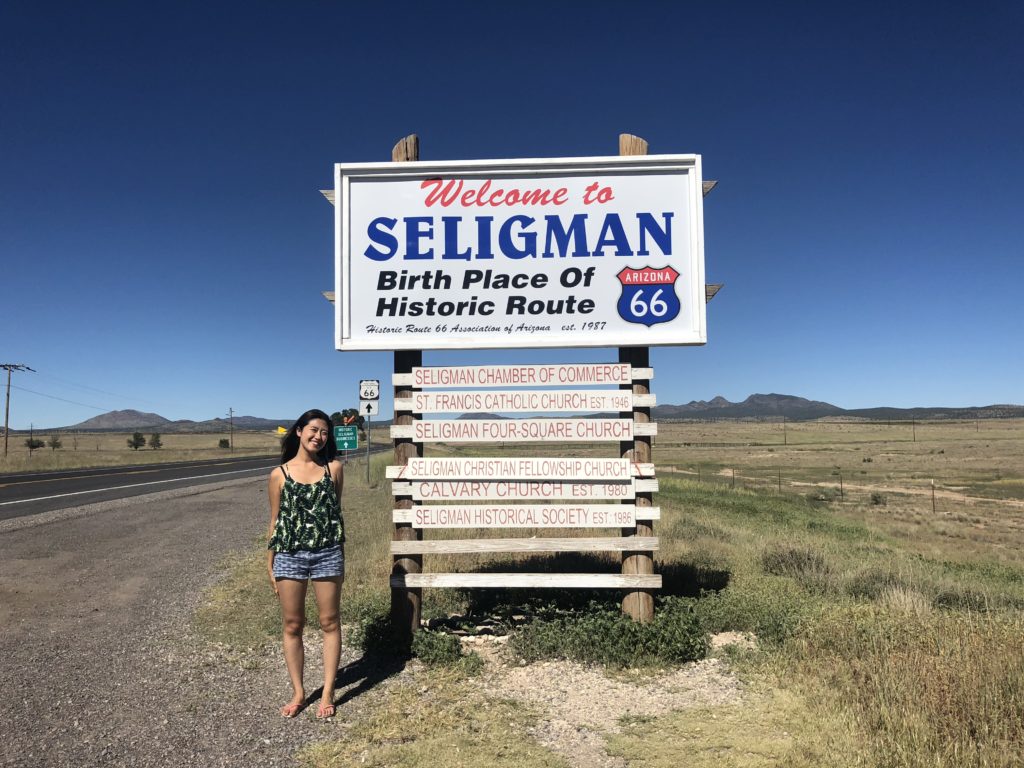
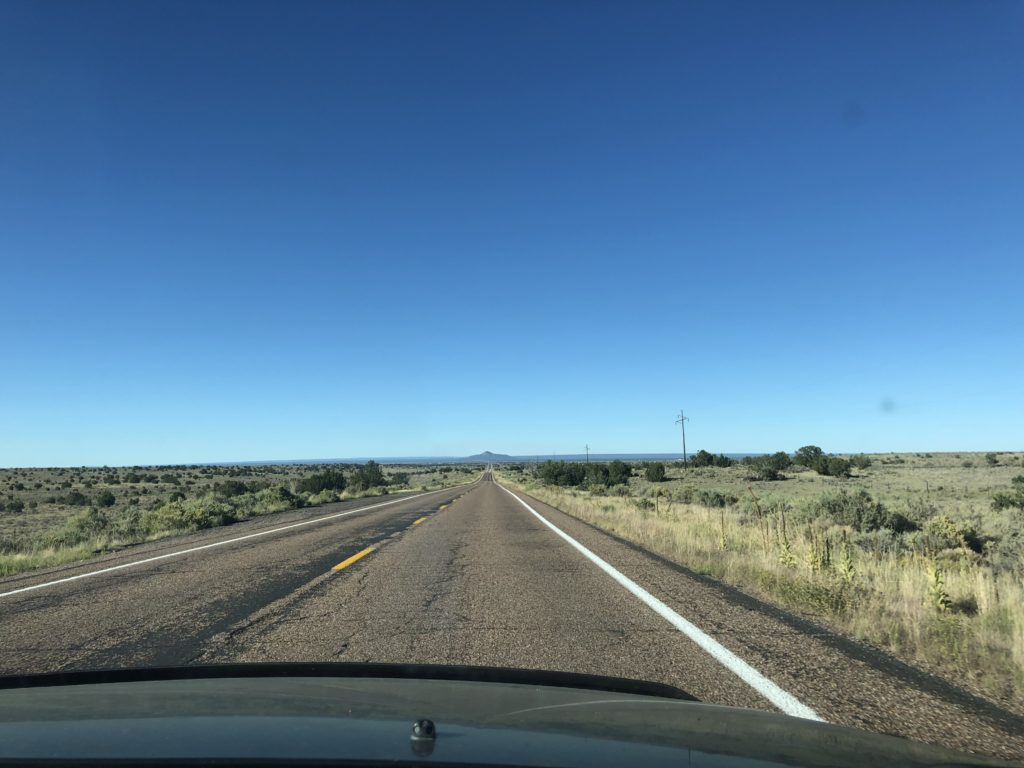
We reached Grand Canyon Village on the south side of the canyon and had our first glimpse of this wonderful place.
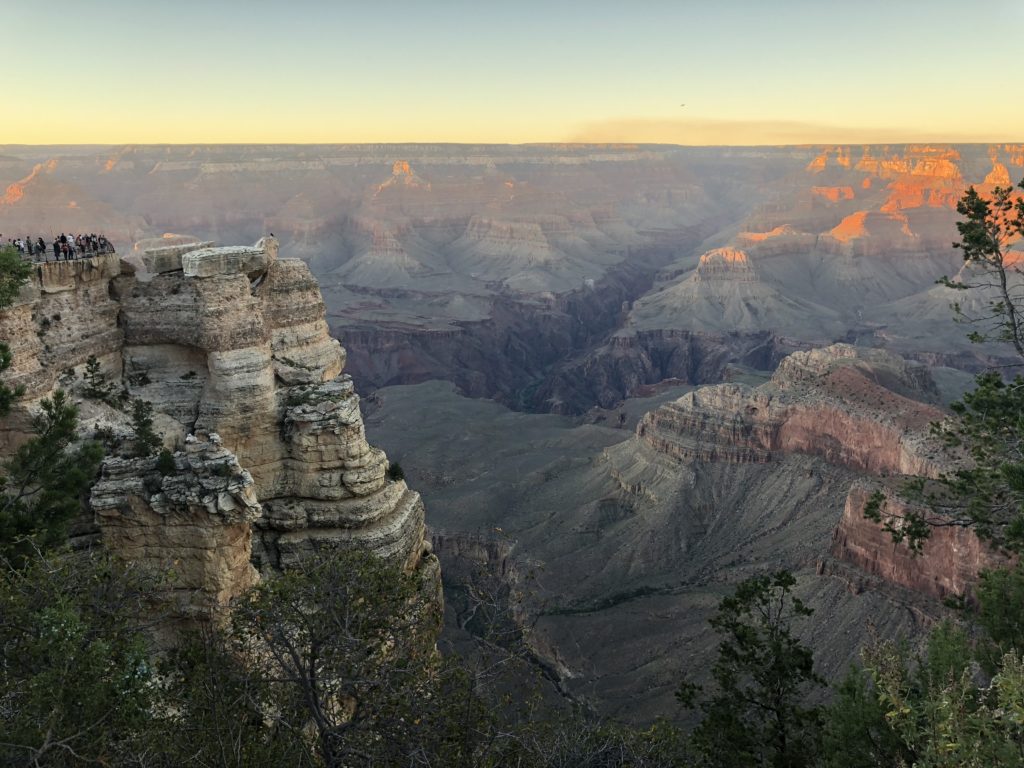
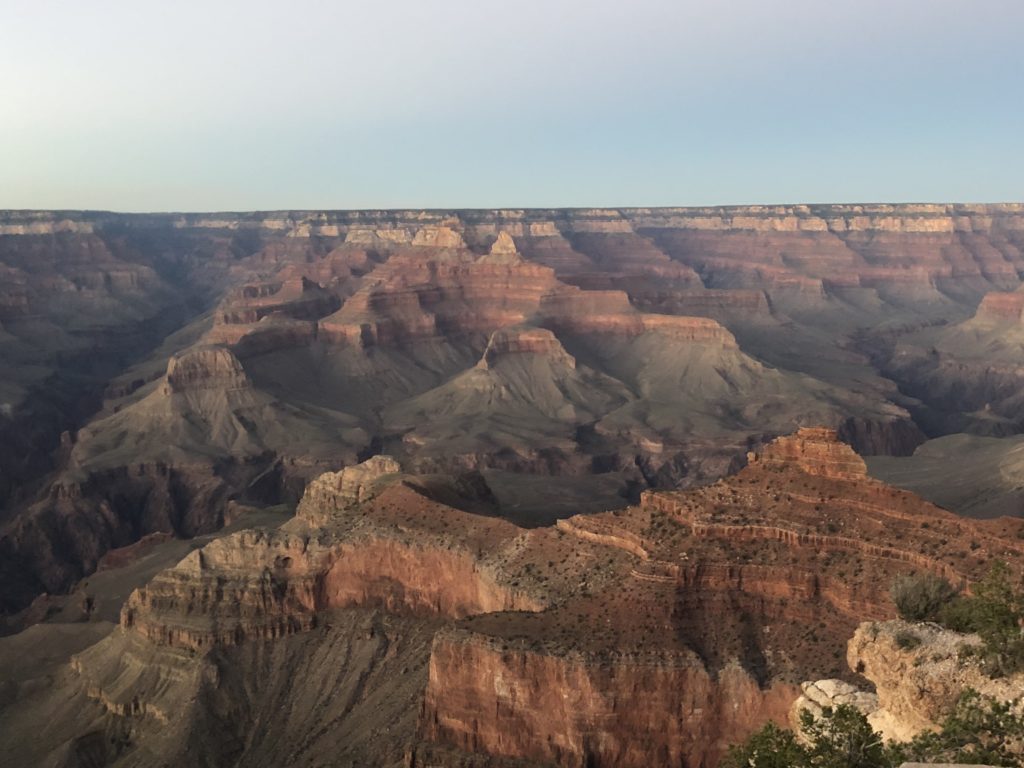
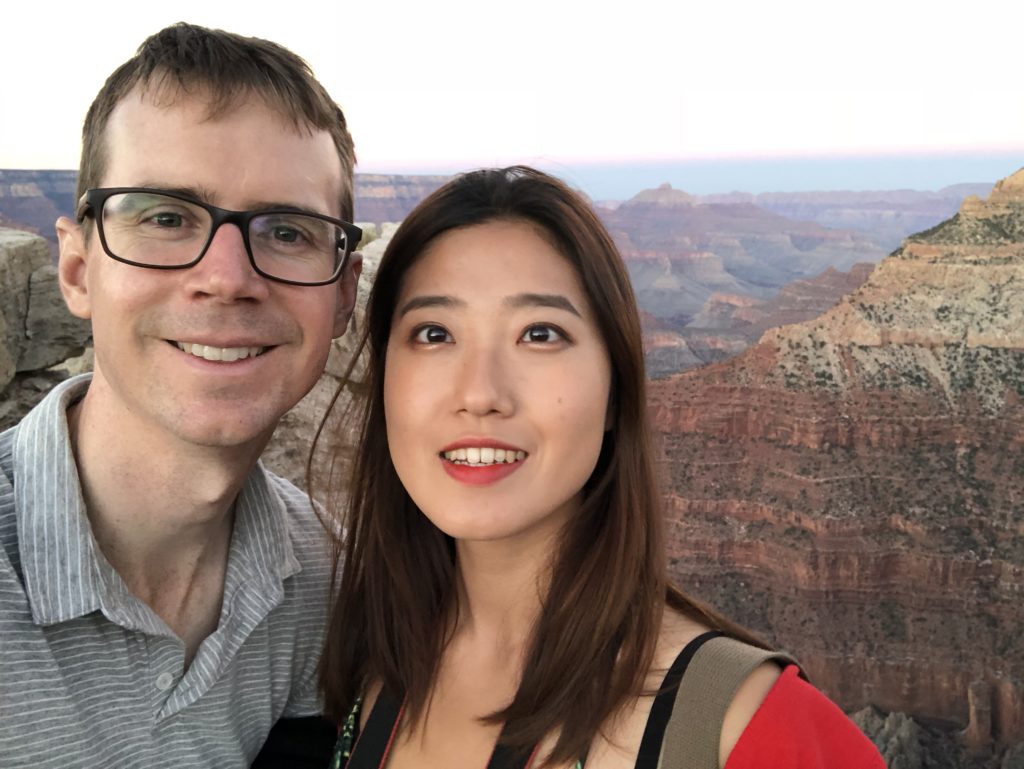
We camped for a few nights at Mather Campground, in the Grand Canyon Village. It’s a very nice and peaceful campground, and its a good spot to base yourself for various trips into and along the edge of the canyon.
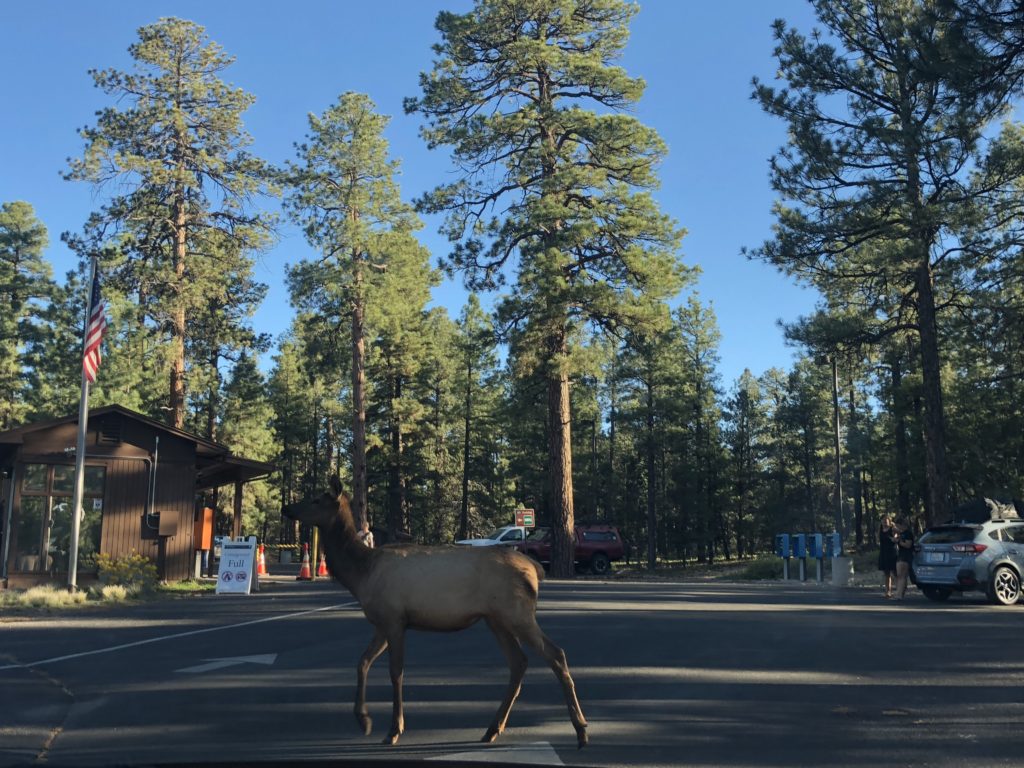

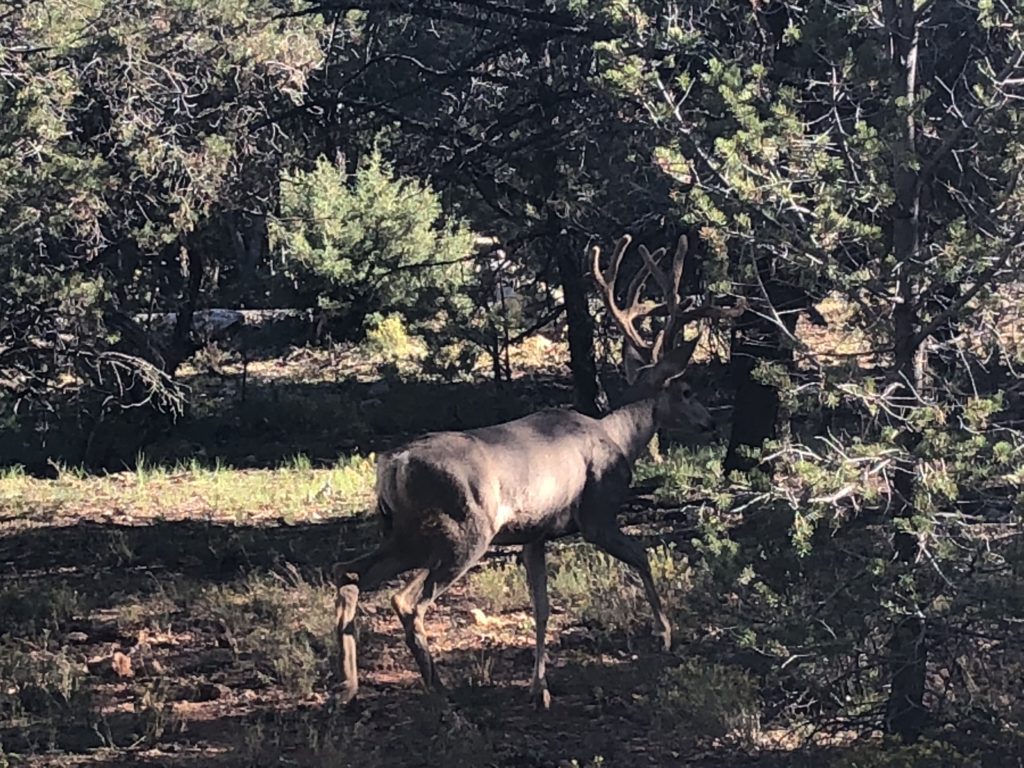
So we started with a hike down into the canyon. It’s beautiful, steep, dusty, and in a phrase – ‘not for ants’. In the Arizona summer heat, we felt exactly like ants making our way very slowly down the side of the enormous canyon.


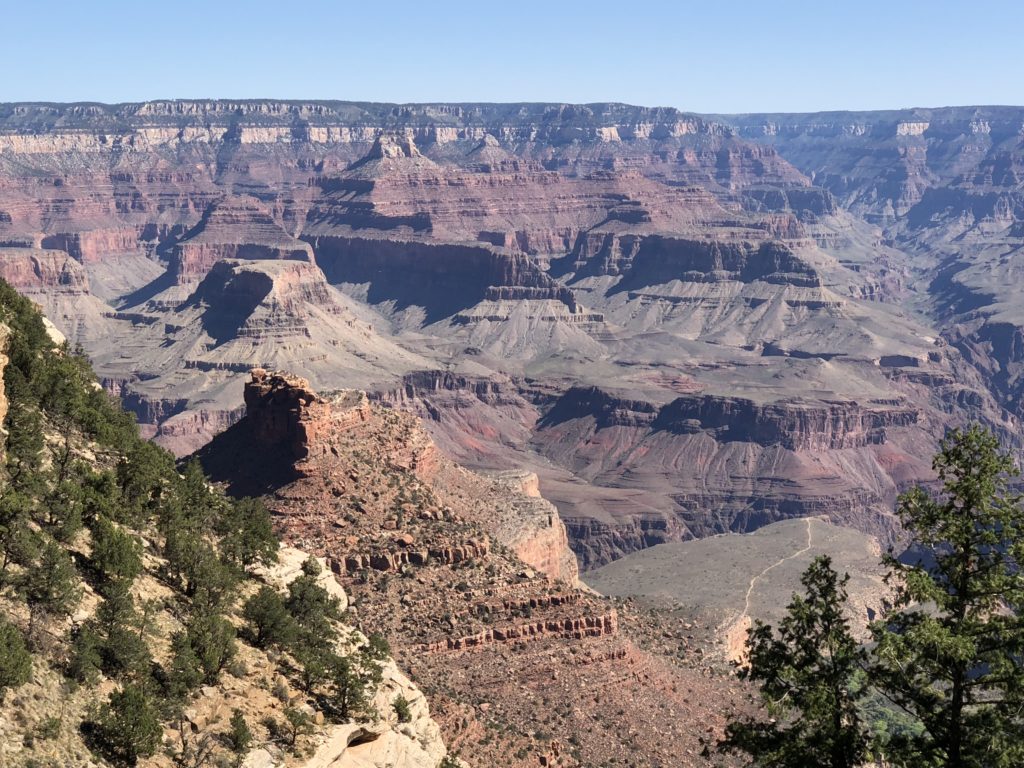
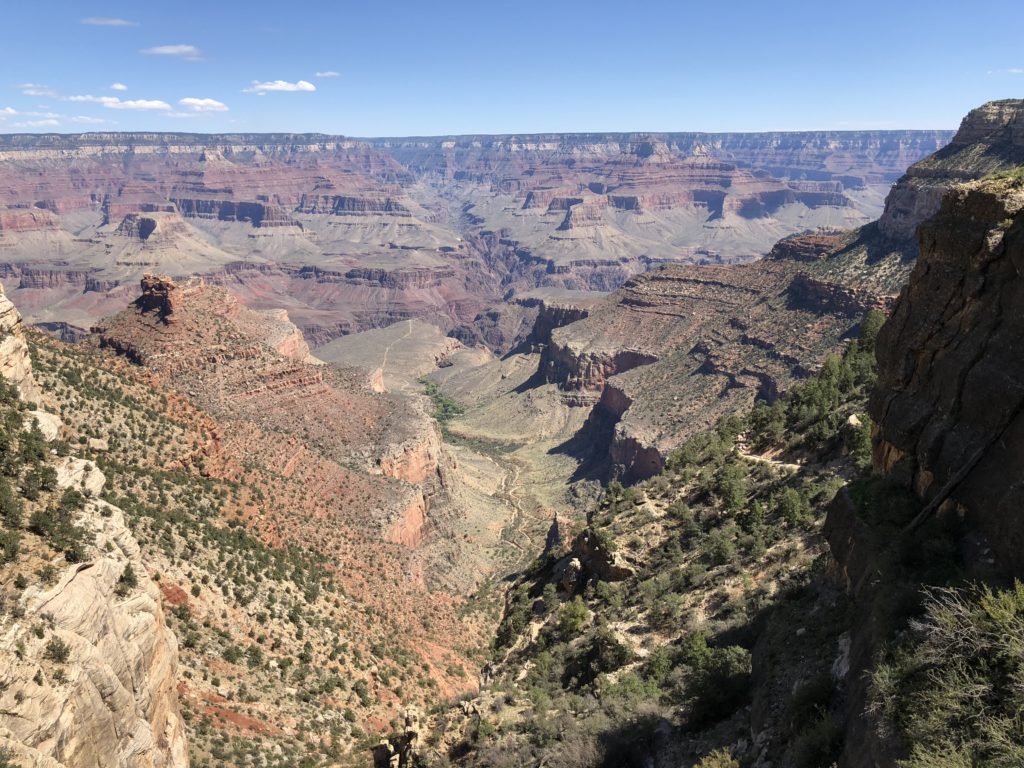
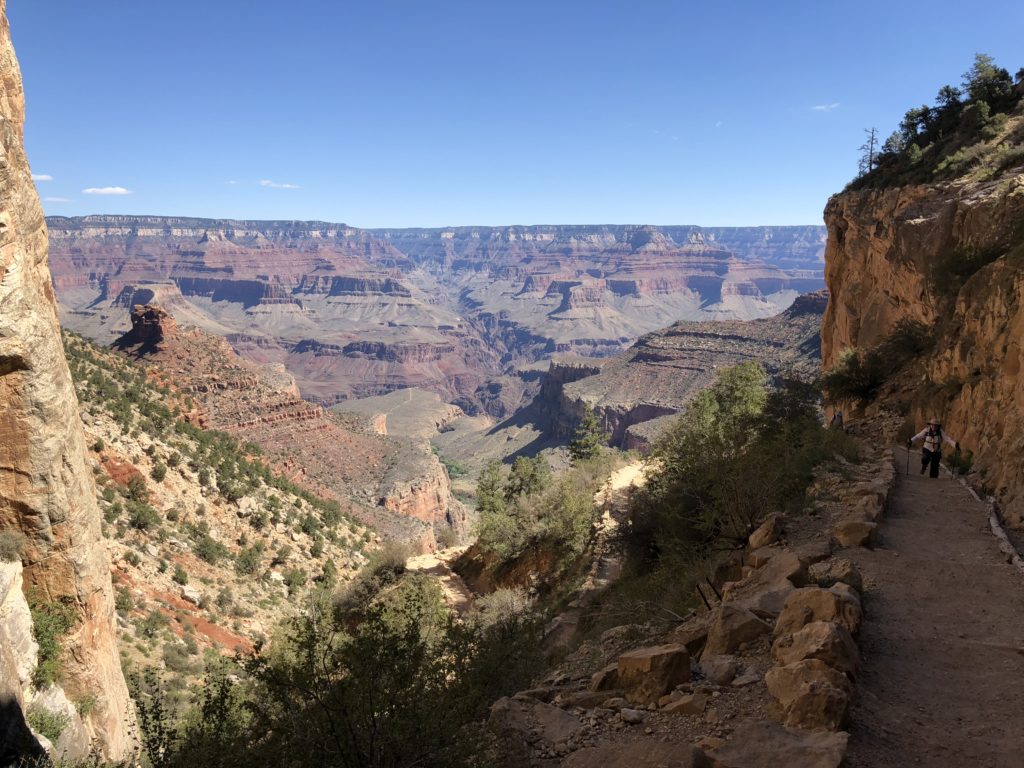
A few hours in, amazingly, it still felt as though we hadn’t really made a dent. The scale of the place is hard to process. From the rim to its lowest point, the Grand Canyon is over 1,850 metres deep (500 metres more than the UK’s tallest peak), and it reaches nearly 30 kilometres wide at its widest point. Like the name suggests, it is yuge.
We followed up the hike down with a hike along the rim of the Grand Canyon. Here, you take a shuttle bus along the “Hermit Road” and pick a hop off point. Then you trek along the edge of the canyon back to the Village. It’s an awesome way to see different parts and angles of the Grand Canyon.
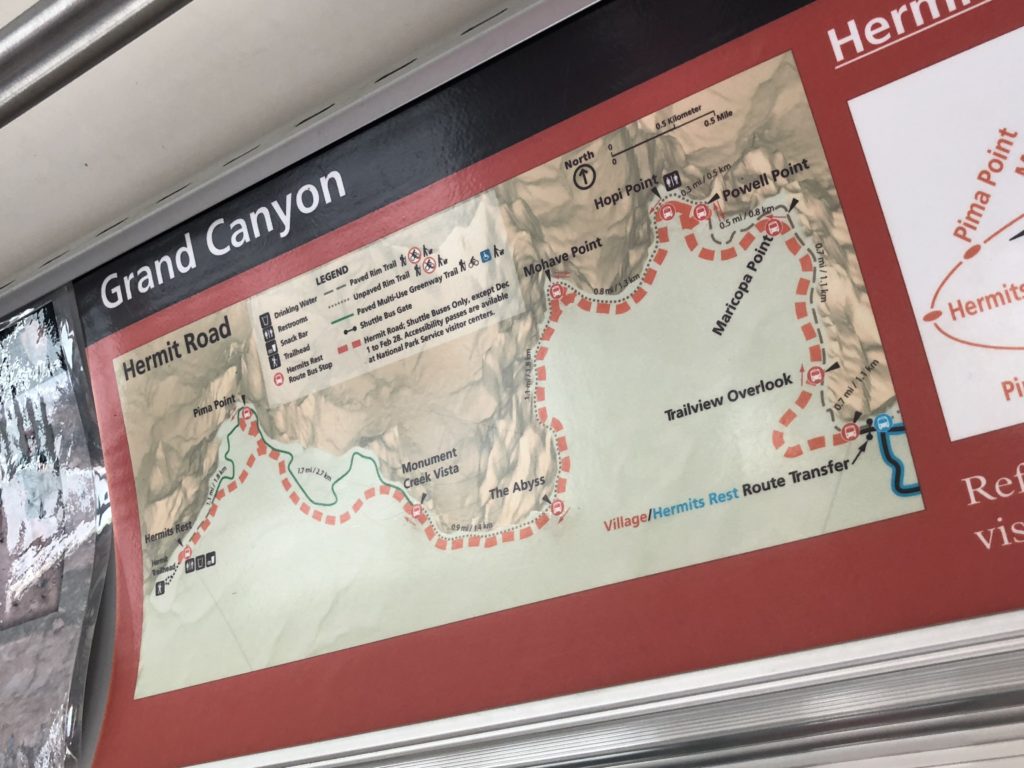
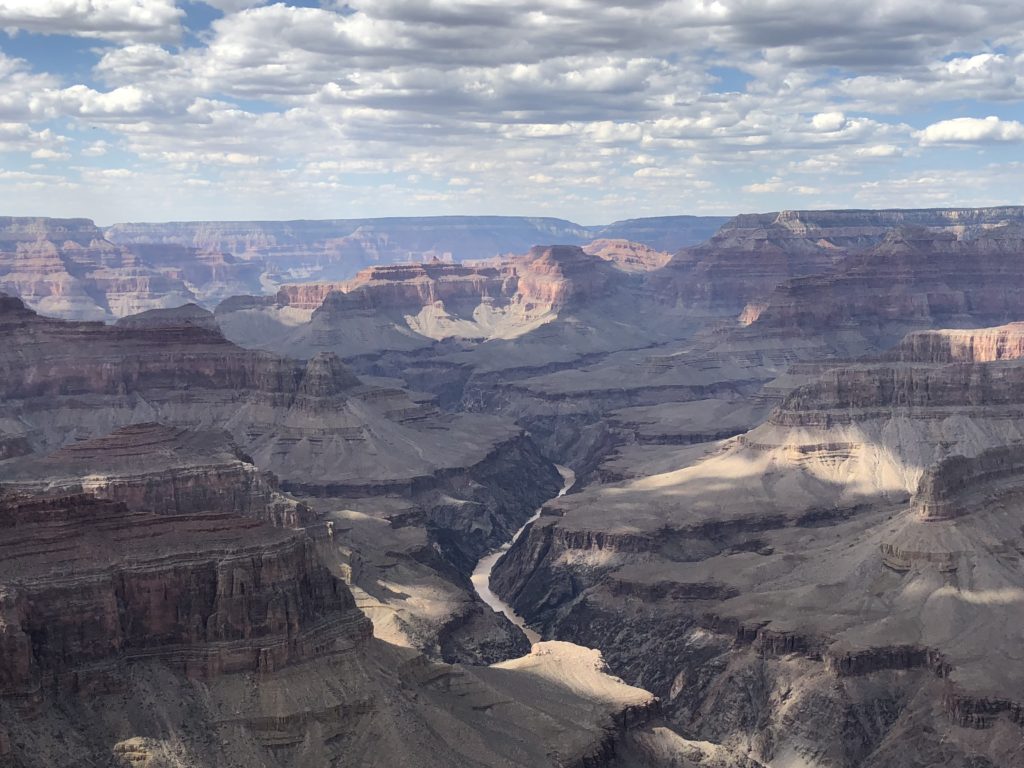
We finally managed to get a good sighting of the cause of all this beauty – the Colorado River. While there is some debate, the leading theory is that the Colorado River established its course through this area around 5 to 6 million years ago. With relentless determination, the river and its tributaries chipped away at the rock, bit-by-bit, deepening and widening out the Grand Canyon. It’s a masterpiece of nature. What a world we live in!
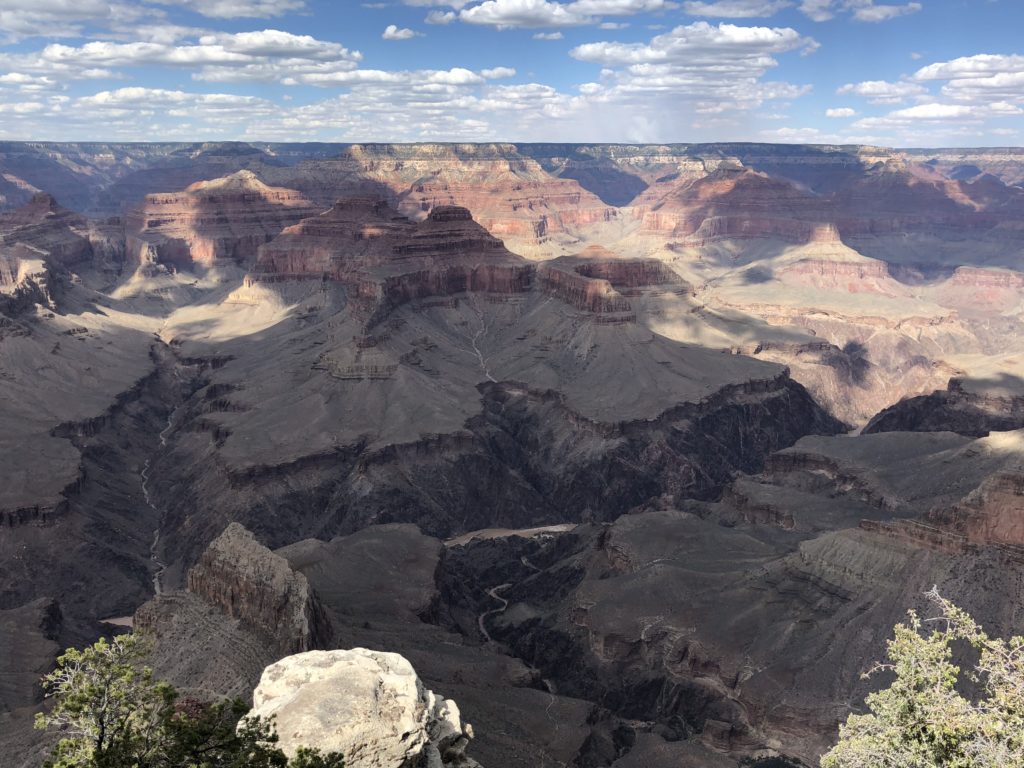
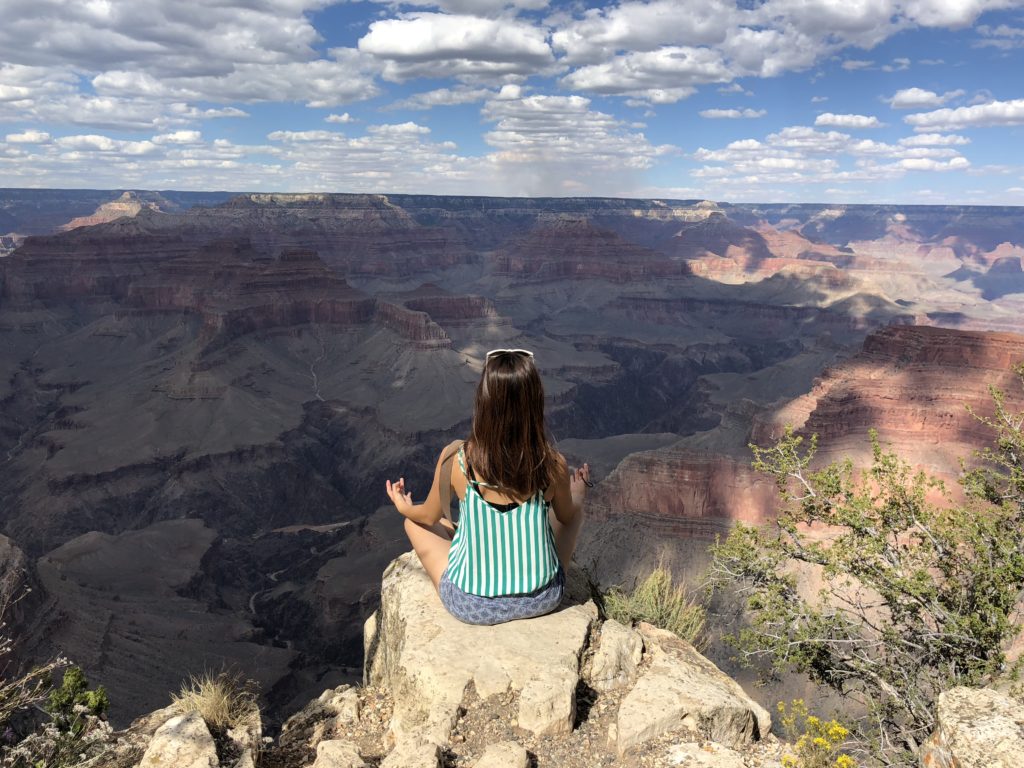
The river looks small today, but at the end of the last ice age (about 12,000 years ago), the river volume is estimated to have been 10 times as much. As the river cuts down and the canyon deepens, tributaries erode into the canyon’s sides, widening it out.
Amazingly, this 5-6 million year period of erosion exposes some much older natural phenomena – layers of different rock formed at different period of time. The oldest dark rock at the basement of the canyon was formed nearly two billion years ago. If you imagine that two billion years is a single 24-hour day, then 6 million years is about 4 minutes of that day. The scale is just enormous.
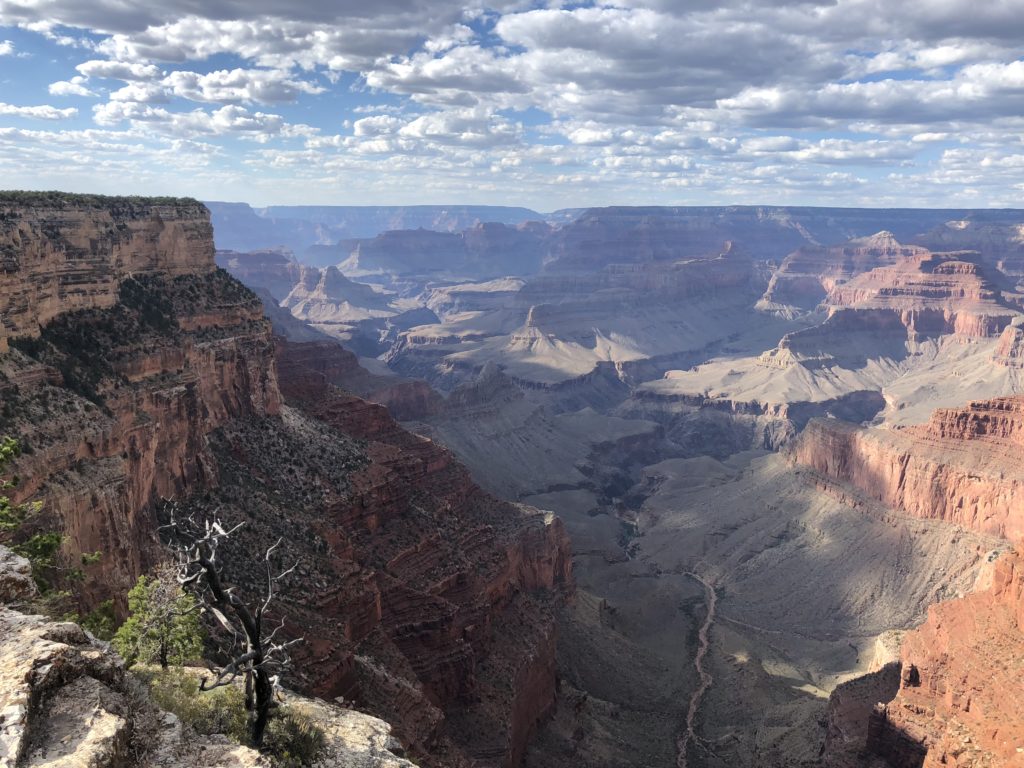
We also took a drive east along Desert View Drive to the Desert View Watchtower – a very random tower built here in 1932 but made to look much older. It was designed to resemble an ancient Pueblo people’s watchtower, but I’m pretty sure most people were there for the view from the tower.
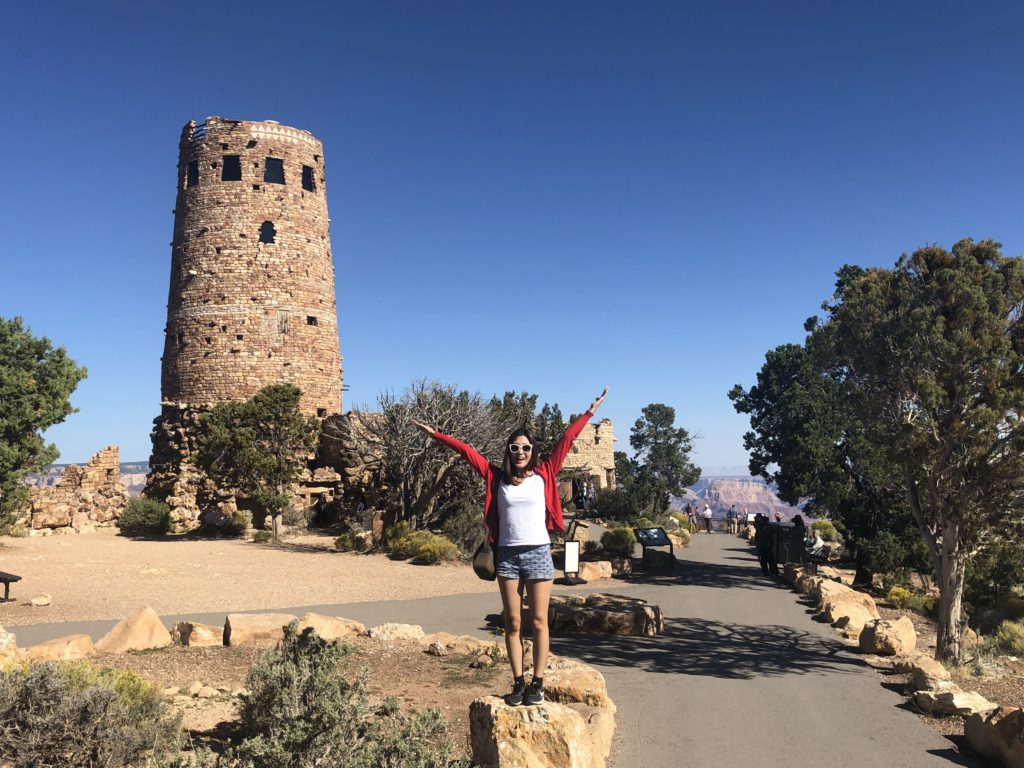

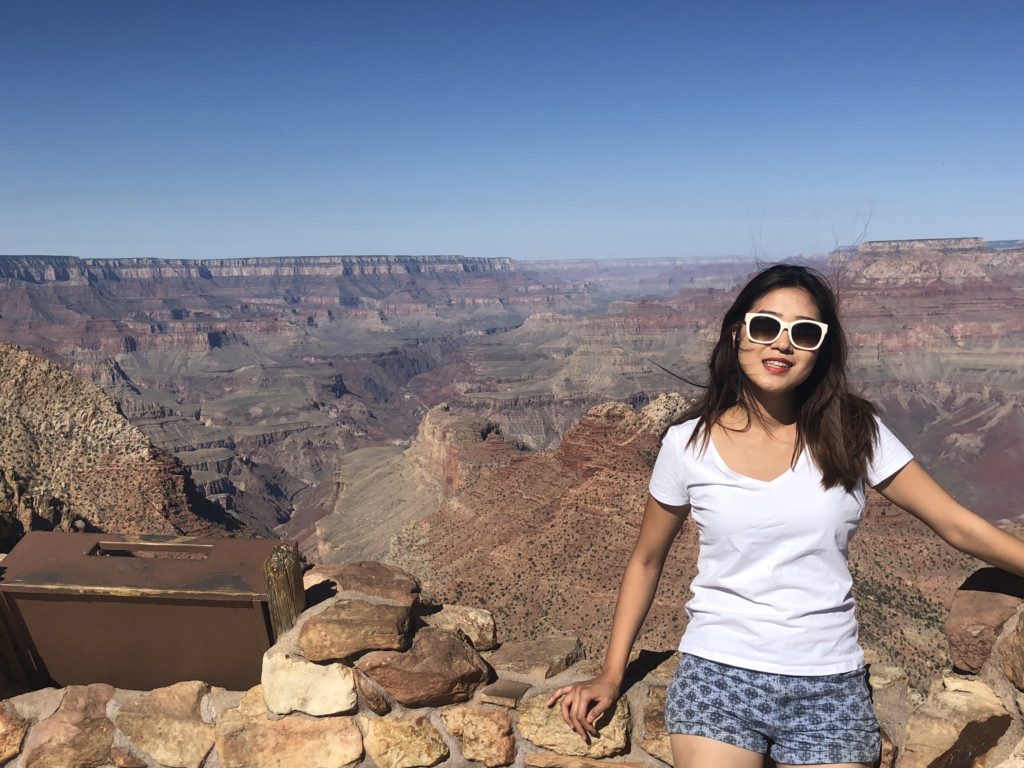
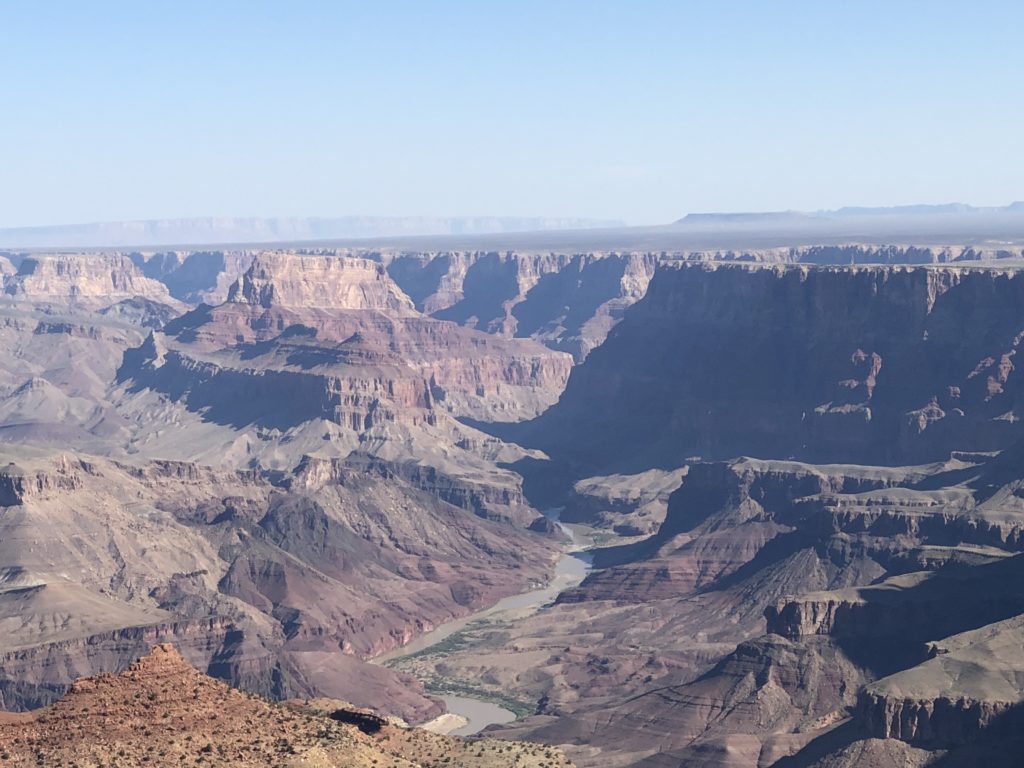
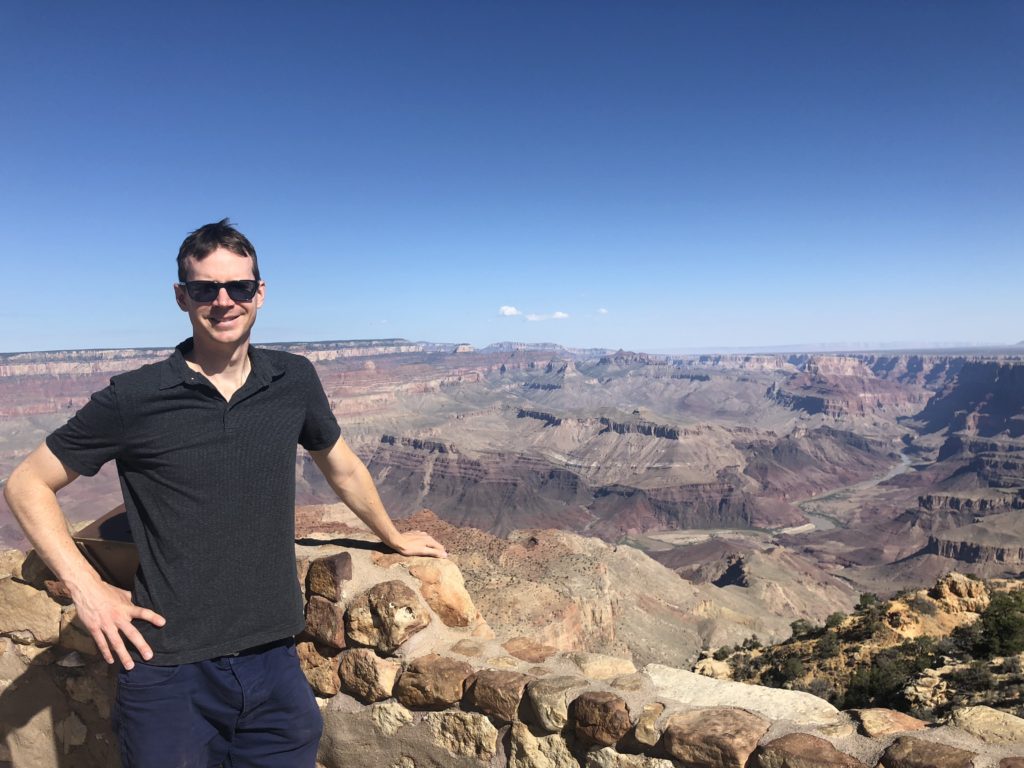
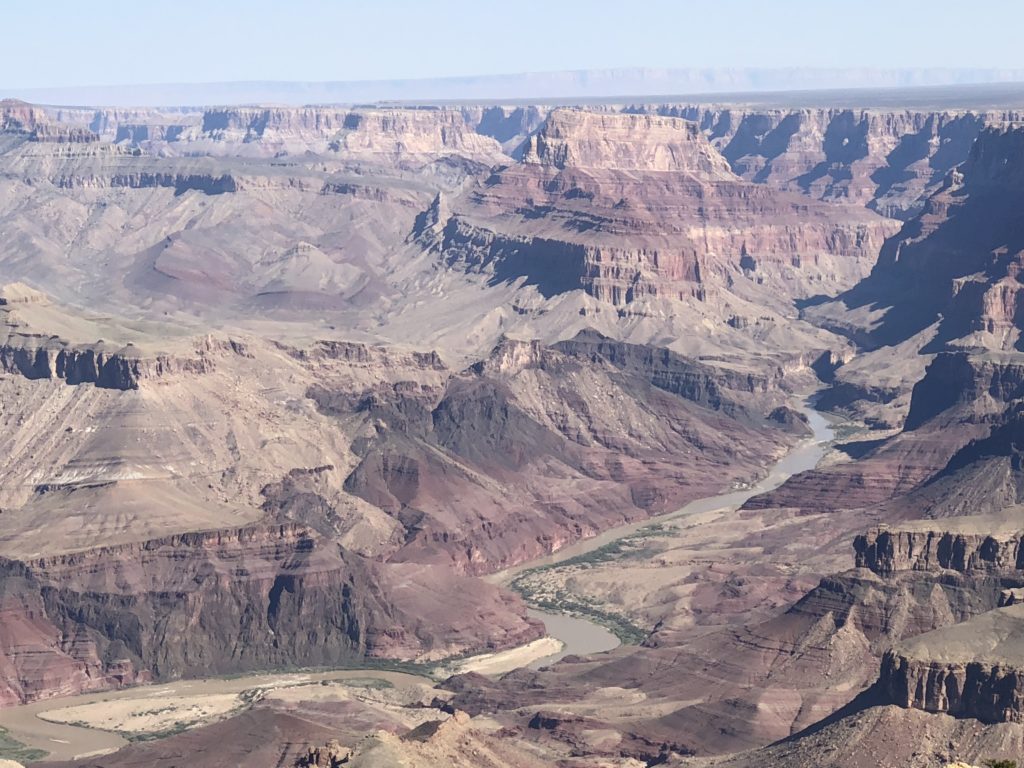
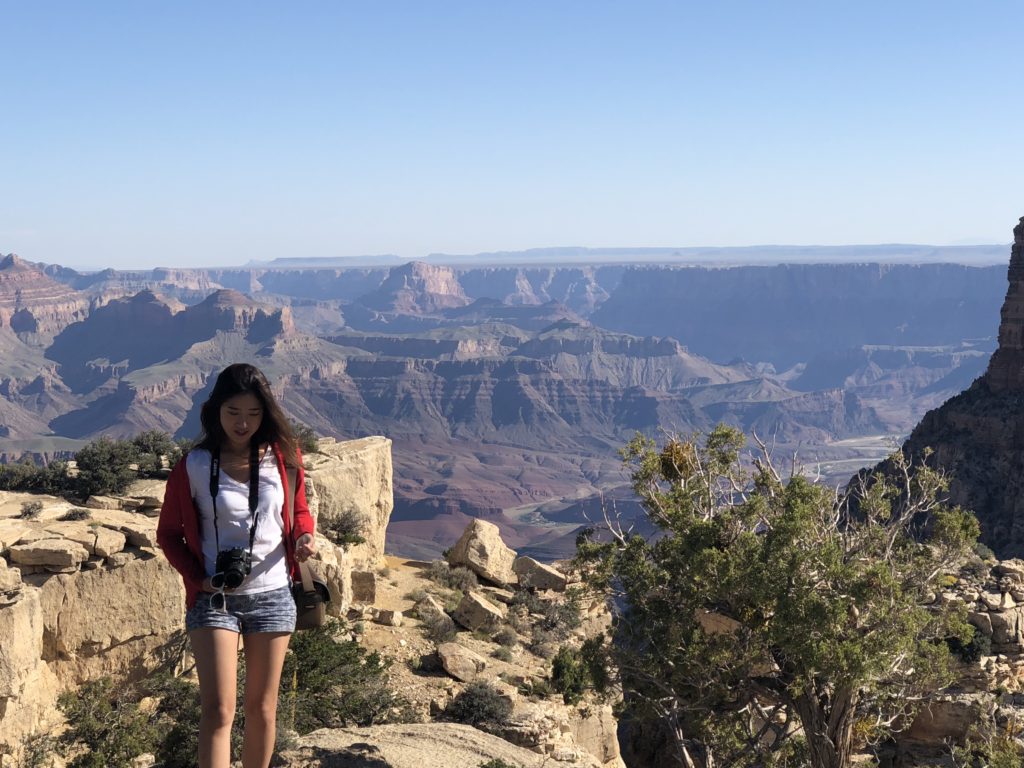
Our journey into the desert was only just beginning. Our next move was to head east and north into the Hopi Reservation and the land of the Navajo Nation.
